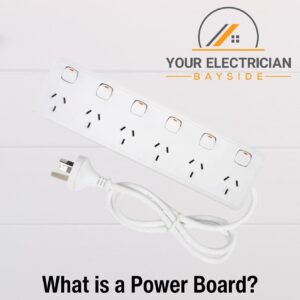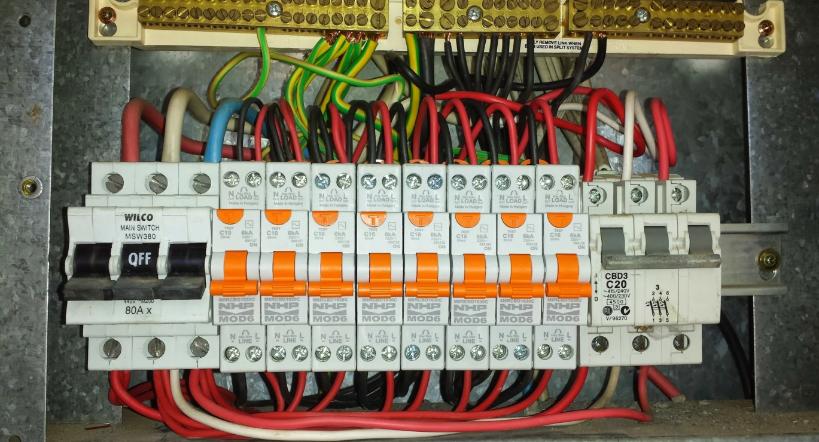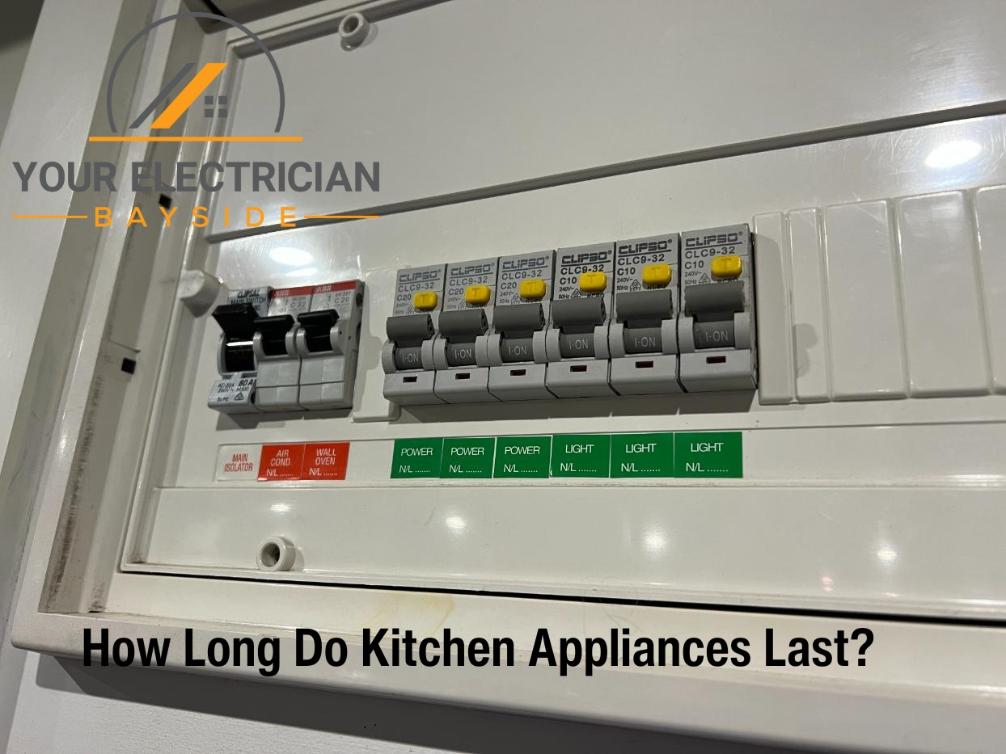A power board is a device that allows multiple electrical appliances to be connected to one power outlet. It typically includes a series of sockets, a cord, and sometimes surge protection features.
Bayside electricians know and understand these power boards and how they function in various settings to ensure electrical safety.
This post will discuss the role of a power board and its main parts.
What is the Role of a Power Board?
The role of a power board is to expand the capacity of a single outlet, allowing multiple devices to be powered simultaneously. It acts as a hub for electrical connections, providing a convenient solution for situations where numerous appliances need power in areas with limited outlets.
This makes power boards particularly useful in both domestic and commercial settings, where the demand for electrical outlet connections often exceeds the number of available wall sockets.
Beyond mere convenience, power boards play a crucial role in managing electrical load. They are designed to handle a specified amount of current, preventing overloading of the electrical system. This aspect is particularly important in environments with high power demands, such as offices or entertainment areas
4 Main Parts of a Power Board
The 4 main parts of a power board are the on/off switch, outlets, power cord, and circuit breaker. Let’s take a closer look at each component below.
On/Off Switch
The on/off switch is a fundamental component of a power board, providing a convenient way to control the flow of electricity. This switch allows users to easily power on or off all devices connected to the board without needing to unplug them. It’s a safety feature, too, as it enables quick disconnection of power in case of an emergency, much like using a switchboard in larger installations.
Want to learn what is an electrical switchboard? Read our blog today.

Outlets
Outlets are the most visible part of a power board, designed to accommodate multiple plugs. They vary in number and spacing on different boards, catering to various needs.
These outlets allow the power board to serve its primary purpose: expanding the accessibility of a single electrical socket to several devices.
Power Cord
The power cord connects the power board to the main electrical outlet. It’s a crucial component that transfers electricity from the wall socket to the board.
The length and quality of the cord can vary, influencing the flexibility and convenience of the power board’s placement.
Circuit Breaker
A circuit breaker is a vital safety feature of a power board. It automatically cuts off electrical flow when it detects an overload or short circuit, preventing damage to connected devices and reducing the risk of fire.
This component is essential for maintaining electrical safety and integrity in any setup where a power board is used.
Can I Plug Any Appliance Into a Power Board?
No, you can’t plug just about any appliance into a power board. Certain units like refrigerators and air conditioners shouldn’t connect to a board. This is to prevent potential fire hazards, damage, or overloading with these appliances.
Aside from the ones mentioned, the following lists other devices you should avoid plugging into a power board:
- Refrigerators: These should not be plugged into a power board, as their high power consumption can easily overload the board, leading to potential safety hazards.
- Washing Machines: Due to their high power usage and motor surges, they are inappropriate for power boards and can lead to overloading or electrical faults.
- Air Conditioners: Similar to refrigerators, they require a lot of power, which can exceed the limits of a standard power board and lead to electrical issues.
- Microwaves: Connecting these to power boards is ill-advised, as their high surge power can cause overloading and potentially damage both the power board and the appliance.
What Can I Plug Into a Power Board?
You can plug low to medium power devices into a power board. Appliances such as lamps, phone chargers, laptops, and small kitchen appliances are safe to plug. Ensure that the total draw of all these items does not exceed the board’s maximum capacity.
Also, check the individual power requirements of these appliances as well as the power board’s safety rating.
Is It Safe to Plug a Power Board Into Another Power Board?
No, it’s not safe to plug a power board into another power board. Doing so is known as ‘daisy chaining,’ which can cause an electrical circuit to overload.
An overloaded circuit increases the chances of an electrical fire.




